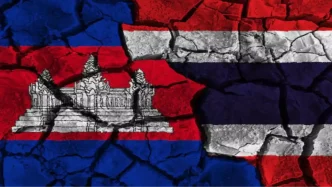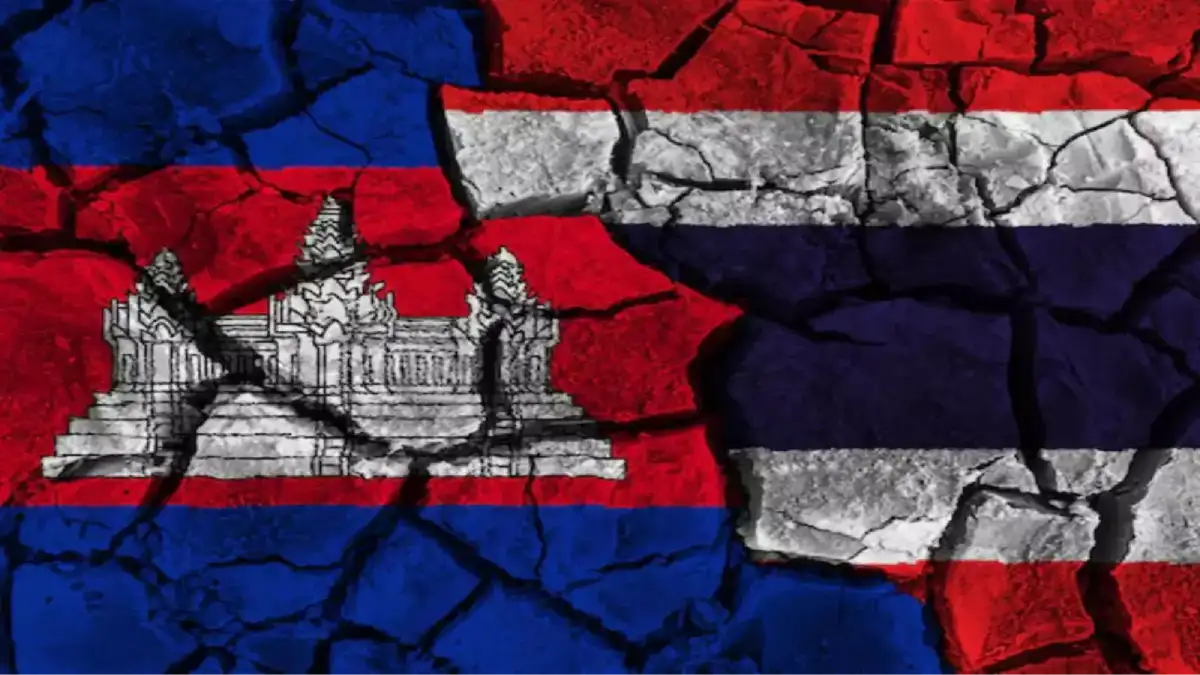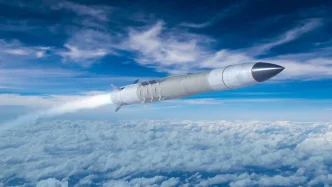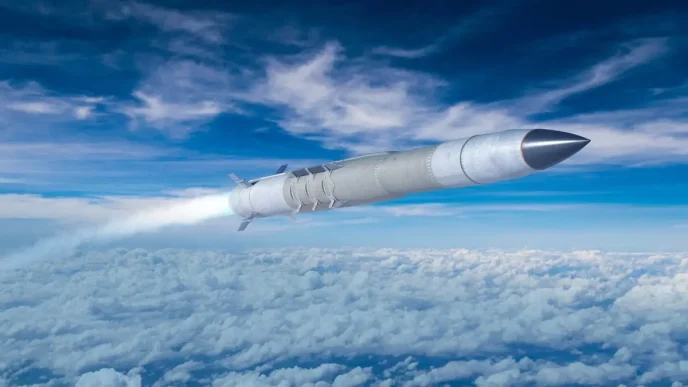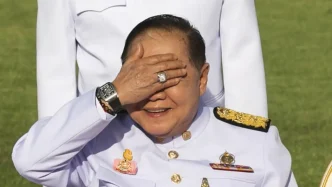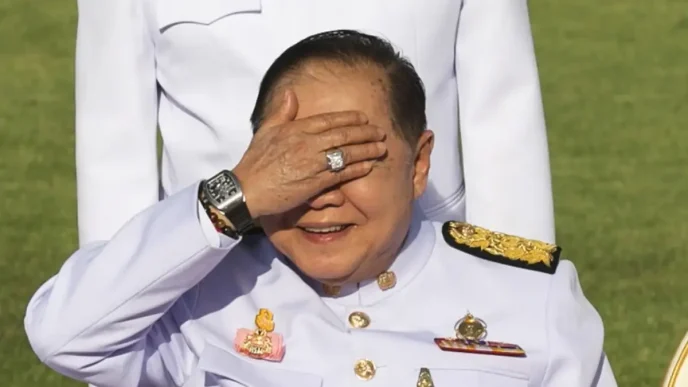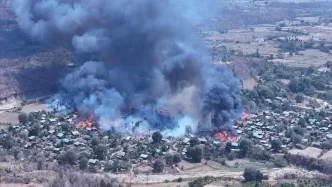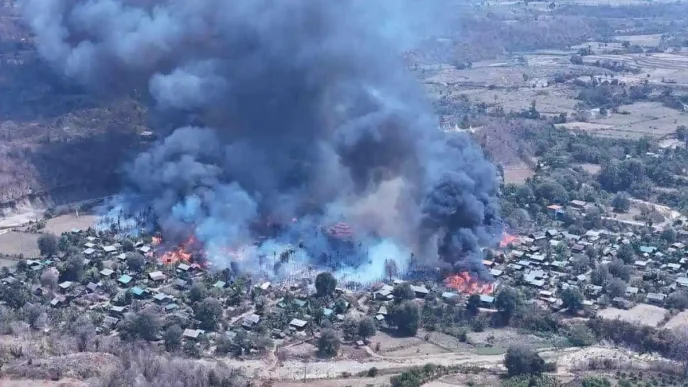Amid simmering tensions along the Cambodia-Thailand border, Chinese Foreign Minister Wang Yi has stepped in to facilitate dialogue between the two Southeast Asian neighbors. At an informal tea gathering on the sidelines of the Lancang-Mekong Cooperation (LMC) Foreign Ministers’ Meeting in Anning City, Yunnan Province, Wang met with Cambodian Deputy Prime Minister and Foreign Minister Prak Sokhonn and Thai Foreign Minister Maris Sangiampongsa on Thursday to address the recent flare-up. The discussions, framed as a timely opportunity to promote peace, signal China’s growing role as a mediator in regional disputes.
A Push for Peace and Dialogue
The border between Cambodia and Thailand, long a source of friction due to historical territorial disputes and overlapping claims, has seen renewed tensions in recent months. While specifics of the latest conflict remain limited in public reports, both nations have expressed a shared desire to avoid escalation. Wang, a senior member of the Communist Party of China’s Political Bureau, highlighted this mutual intent during the meeting, noting that neither side wishes for the conflict to persist. He urged a resumption of dialogue to rebuild trust and normalize relations.
China’s involvement comes at a pivotal moment, as the LMC meeting—focused on fostering cooperation among countries along the Mekong River—provided a neutral platform for such discussions. Wang emphasized the importance of direct communication between Phnom Penh and Bangkok to address misunderstandings. He also endorsed the full implementation of a recent ceasefire agreement reached during an extraordinary session of the General Border Committee, a bilateral mechanism tasked with managing border issues. The ceasefire, if sustained, could pave the way for de-escalation on the ground.
Wang further advocated for the reopening of border crossings, responding to the expressed needs of local communities on both sides who rely on cross-border trade and movement for their livelihoods. Such a move, he suggested, would demonstrate a tangible commitment to peace. Beyond bilateral efforts, China voiced support for the Association of Southeast Asian Nations (ASEAN) to play a central role in resolving the dispute through its consensus-driven “ASEAN way,” which prioritizes non-interference and dialogue.
China’s Broader Regional Role
China’s mediation efforts in this dispute reflect its broader ambitions to shape regional dynamics in Southeast Asia, a region where it holds significant economic and political influence. The Lancang-Mekong Cooperation framework, initiated by China in 2016, aims to deepen ties with Cambodia, Laos, Myanmar, Thailand, and Vietnam through infrastructure projects, trade, and cultural exchanges. By positioning itself as a facilitator of peace between two ASEAN members, Beijing reinforces its image as a stabilizing force amid complex regional challenges.
During the tea gathering, Wang offered China’s assistance in humanitarian efforts along the border, including demining operations—a critical issue given the legacy of landmines from past conflicts in the region. This proposal underscores Beijing’s readiness to provide practical support, contingent on agreement from both parties. Drawing on a traditional Chinese proverb about brothers uniting against external threats despite internal quarrels, Wang expressed optimism that Cambodia and Thailand would manage their differences and collaborate on shared global challenges.
Both foreign ministers welcomed China’s involvement. They acknowledged the importance of peace and good-neighborly relations, committing to uphold the ceasefire and utilize existing bilateral mechanisms to resolve the dispute through peaceful means. Their appreciation for China’s constructive role in de-escalating tensions suggests a willingness to engage with Beijing as a mediator, even as they navigate domestic and regional pressures.
Historical Context of Cambodia-Thailand Tensions
The border tensions between Cambodia and Thailand are rooted in a long-standing disagreement over territorial boundaries, particularly around areas like the Preah Vihear Temple, a UNESCO World Heritage Site. Awarded to Cambodia by the International Court of Justice in 1962, the temple and its surrounding territory have remained a flashpoint, with sporadic clashes erupting over the years. These disputes are often fueled by domestic political dynamics in both countries, where nationalist sentiments can amplify minor incidents into broader confrontations.
Past conflicts have resulted in casualties on both sides, disrupted local communities, and strained diplomatic ties. Efforts to resolve these issues have included joint border committees and ASEAN-mediated talks, though progress has often been slow. The recent ceasefire, while a positive step, remains fragile without sustained political will and trust-building measures. The involvement of external actors like China introduces a new dimension, raising questions about how much influence Beijing might wield in shaping the outcome compared to ASEAN’s traditional role.
Implications for ASEAN and Regional Stability
ASEAN, as a regional bloc, has long sought to maintain unity and stability among its members, often acting as a mediator in intra-regional disputes. The organization’s principle of non-interference, while a cornerstone of its approach, can sometimes limit its effectiveness in resolving conflicts swiftly. China’s active role in facilitating dialogue between Cambodia and Thailand could complement ASEAN’s efforts, but it also highlights Beijing’s growing footprint in areas traditionally within ASEAN’s purview.
For Cambodia and Thailand, resolving border tensions is not just a matter of territorial integrity but also economic necessity. The border regions are vital for trade, tourism, and cultural exchange, with thousands of people crossing daily for work and family connections. Prolonged closures or militarization of these areas disrupt livelihoods and exacerbate local grievances, making the reopening of crossings a priority for both governments.
China’s support for ASEAN’s involvement signals an awareness of the need to balance its influence with respect for regional norms. However, some analysts caution that Beijing’s mediation could be perceived as an attempt to extend its geopolitical leverage, particularly in Cambodia, where China is a major investor and political ally. Thailand, with its more diversified international partnerships, including strong ties with the United States, may approach China’s role with greater caution.
Challenges Ahead
Despite the positive tone of the discussions in Anning, significant challenges remain. Implementing the ceasefire requires coordination on the ground, where military units from both sides must adhere to agreed-upon protocols. Past agreements have faltered due to miscommunications or localized incidents, underscoring the need for robust monitoring mechanisms. The General Border Committee, while a useful platform, must demonstrate its ability to address grievances effectively.
Rebuilding trust between Phnom Penh and Bangkok will also take time. Domestic political pressures in both countries could complicate diplomatic efforts, as leaders balance the need for compromise with public expectations. In Thailand, where military influence over border policy remains strong, any perceived concession to Cambodia could face backlash. Similarly, Cambodia’s government must navigate its own nationalist currents while maintaining its close relationship with China.
The role of external actors adds another layer of complexity. While China’s mediation is currently welcomed, its long-term intentions in the region will be closely scrutinized. ASEAN, meanwhile, must assert its relevance in managing intra-regional disputes to avoid being sidelined by larger powers. The interplay between bilateral, regional, and external efforts will shape the trajectory of Cambodia-Thailand relations in the coming months.
Looking Forward
The informal tea gathering in Yunnan marks a tentative step toward de-escalation, with China playing a pivotal role in bringing Cambodia and Thailand to the table. The commitment from all three ministers to maintain close and flexible contact suggests a framework for ongoing dialogue, which could prevent minor incidents from spiraling into broader conflict. Yet, the success of these efforts hinges on the willingness of Phnom Penh and Bangkok to prioritize peace over political posturing.
As the situation unfolds, the border regions remain a litmus test for regional cooperation in Southeast Asia. Can Cambodia and Thailand resolve their differences through dialogue, with support from China and ASEAN? Or will underlying tensions resurface, challenging the fragile stability of the Mekong subregion? For now, the message from Anning is one of cautious hope, with peace as the shared goal.
